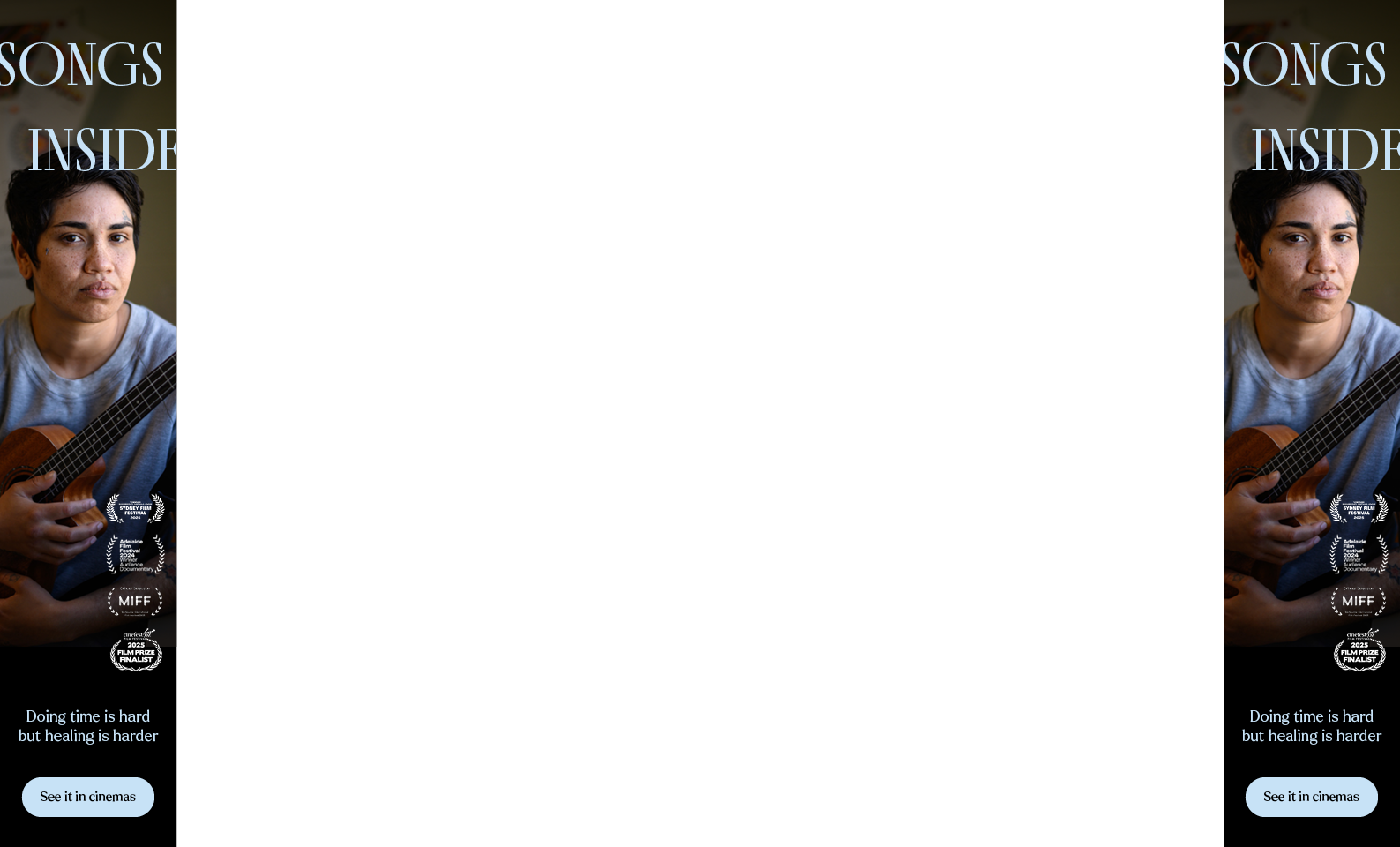by Annette Basile
Worth: $13.00
FilmInk rates movies out of $20 — the score indicates the amount we believe a ticket to the movie to be worth
Cast:
Justin Dwyer, Margaret Ross, Rosslyn Lam, Flavia da Silva, Muka Yawanawa
Intro:
… a well-made film with interesting visuals … a subdued experience with not quite enough substance.
Psychiatrist Dr Justin Dwyer and psychologist Dr Margaret Ross are in Melbourne, conducting a trial using psilocybin – the compound that puts magic into mushrooms – on patients facing the end of their lives.
When the trial patients take the hallucinogen, they undergo something akin to a near-death experience. They have, says Dr Ross, “an opportunity to die before they die”. If the two patients seen here, Flavia and Ros, are anything to go by, the comfort and insights psilocybin offers are profound.
The documentary, however, isn’t as profound as you might expect. Big questions about death, and what might come next, lurk underneath, but are never explored in depth. The addition of Muka Yawanawa, a bona fide shaman from a remote community in the Brazilian Amazon, doesn’t add much. Maku, it seems, has gathered his dialogue from a New Age bookstore.
Adding to the New Age vibe is an ambient soundtrack, which is not unpleasant, but it’s like something you might hear in a massage therapist’s treatment room. Science and statistics are thin on the ground, but artist and filmmaker Lynette Wallworth is more interested in the people having the experiences than going into the data. It leaves you with questions and no satisfactory answers – could psilocybin help the bereaved? Are the visions of deceased loved ones seen by people in the trial real or imagined? Maku would say that they are real, Dr Dwyer used to think not, but he’s changing his view.
Edge of Life does have something to offer though – Ros and Flavia are brave and interesting women, and the interview with psychedelics researcher Bill Richards injects much needed philosophical discussion into the documentary. Meanwhile, Dr Dwyer has some hallucinatory encounters, guided by the shaman. Between his own experiences and observing his patients, Dwyer starts questioning the idea that death is final.
It’s a well-made film with interesting visuals, like trippy melting flowers, and Melbourne’s laneways appearing in slices – like corridors stacked up next to each other. But Edge of Life is a subdued experience with not quite enough substance. Patient, open-minded viewers, however, will find something to take away. Those who are facing the end may find this has more resonance than for the general viewer. And perhaps it’s them and theirs that this documentary was made for.




